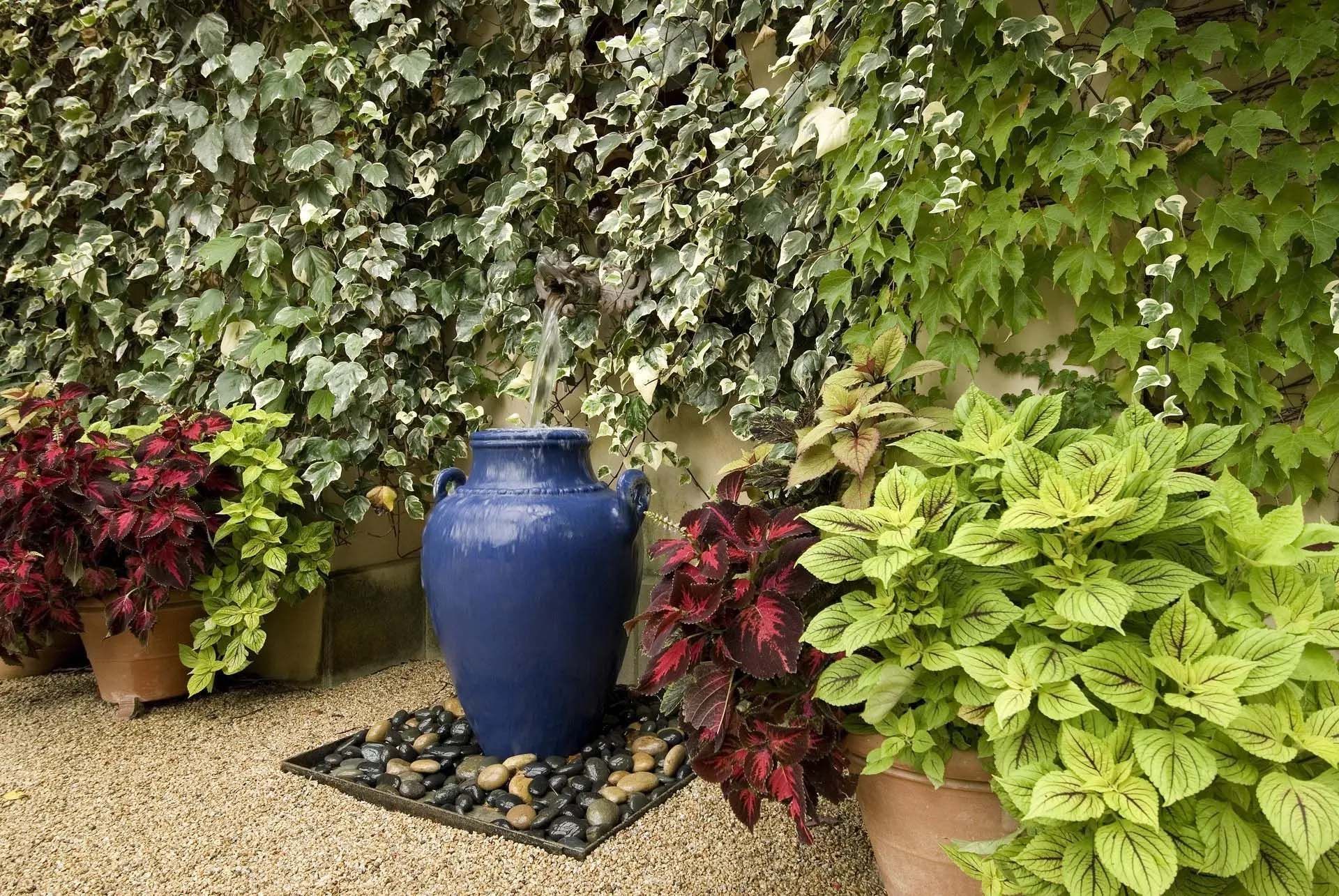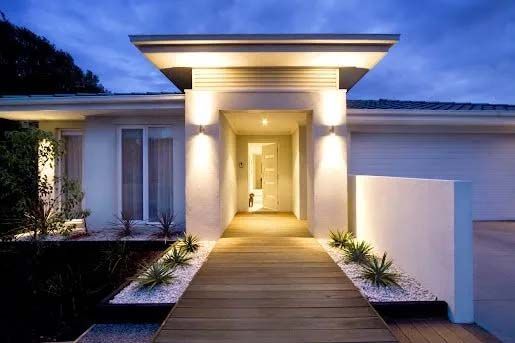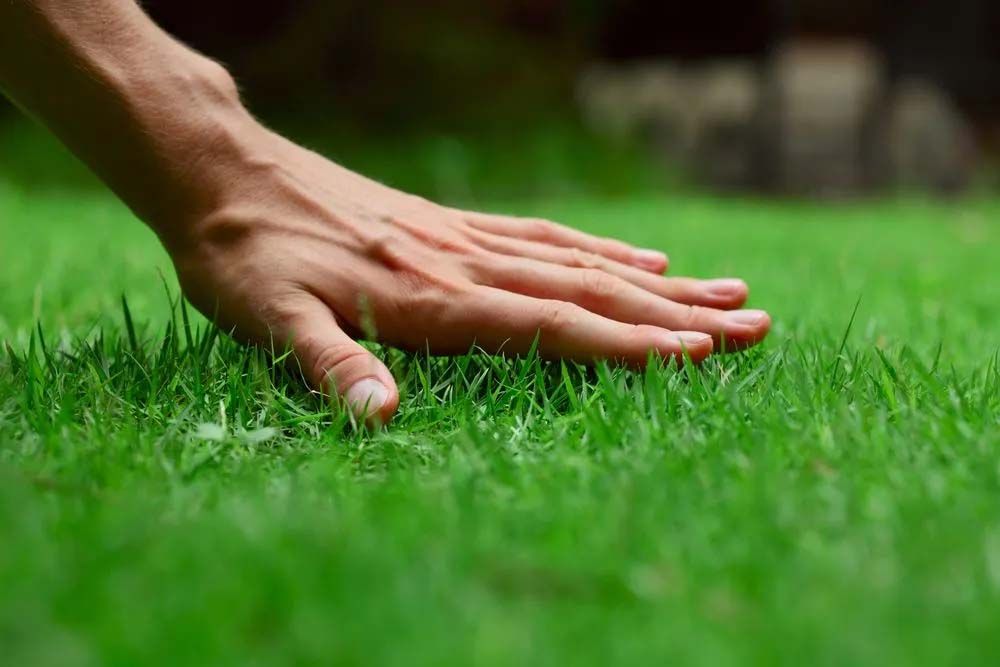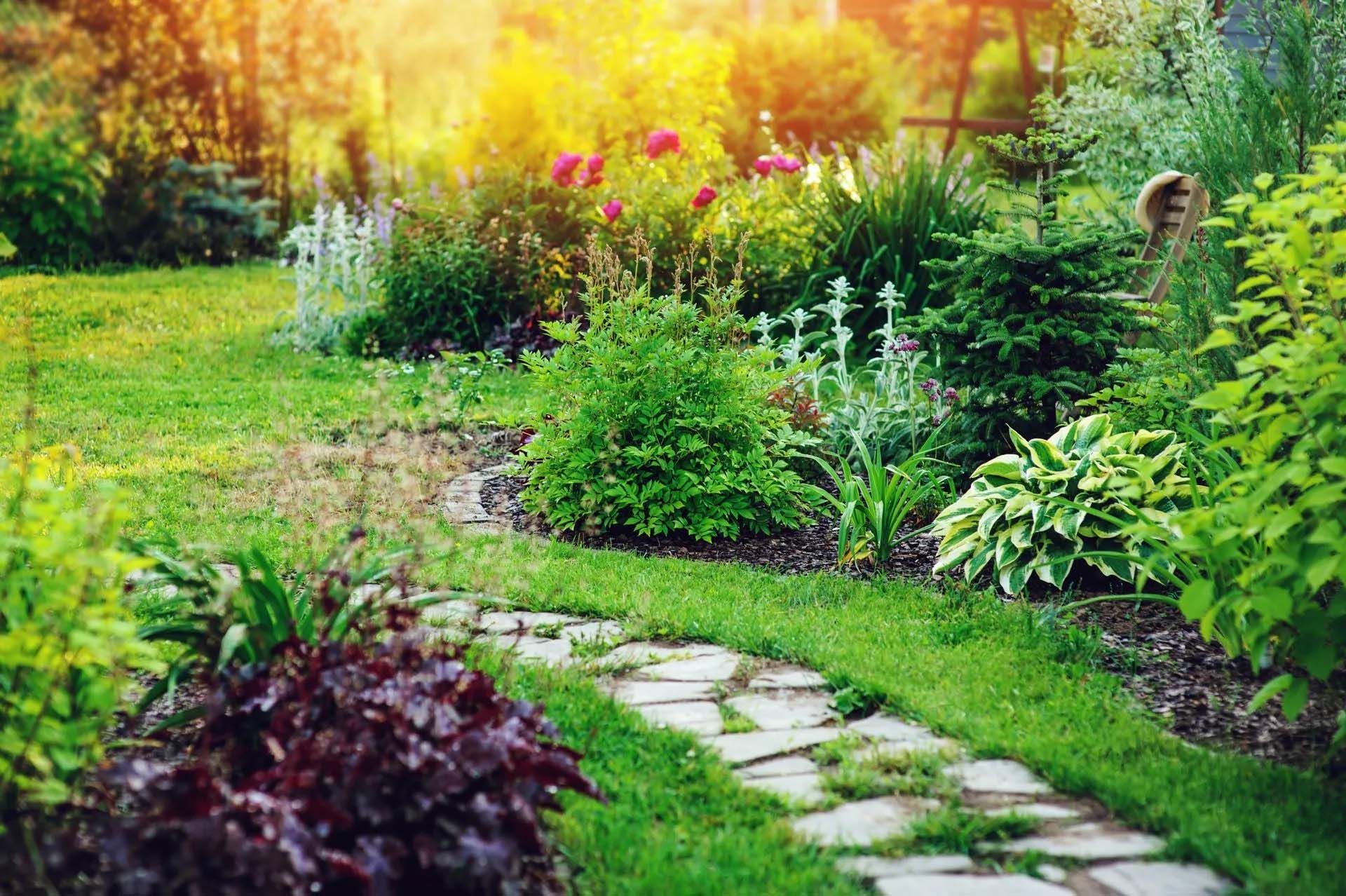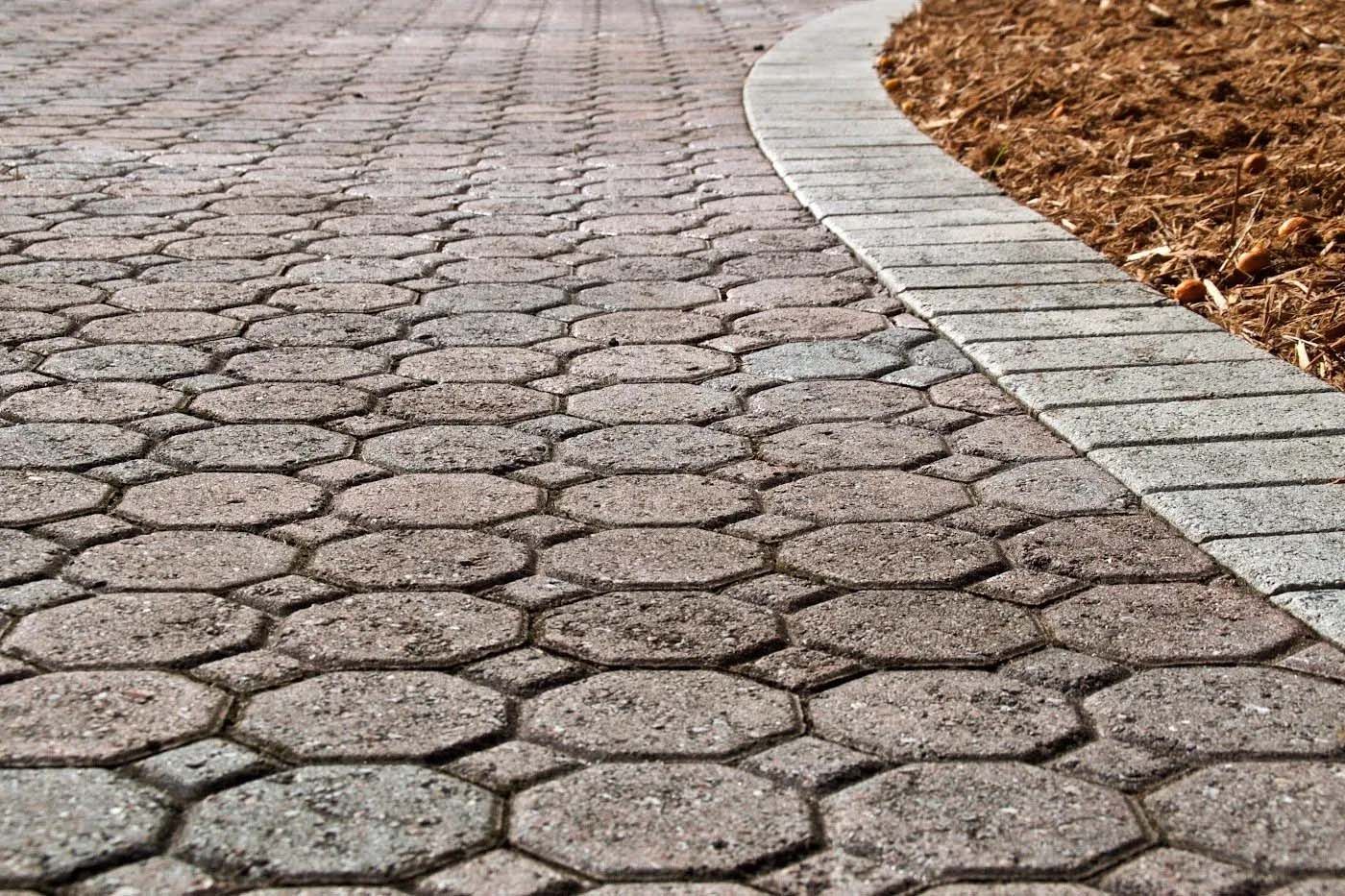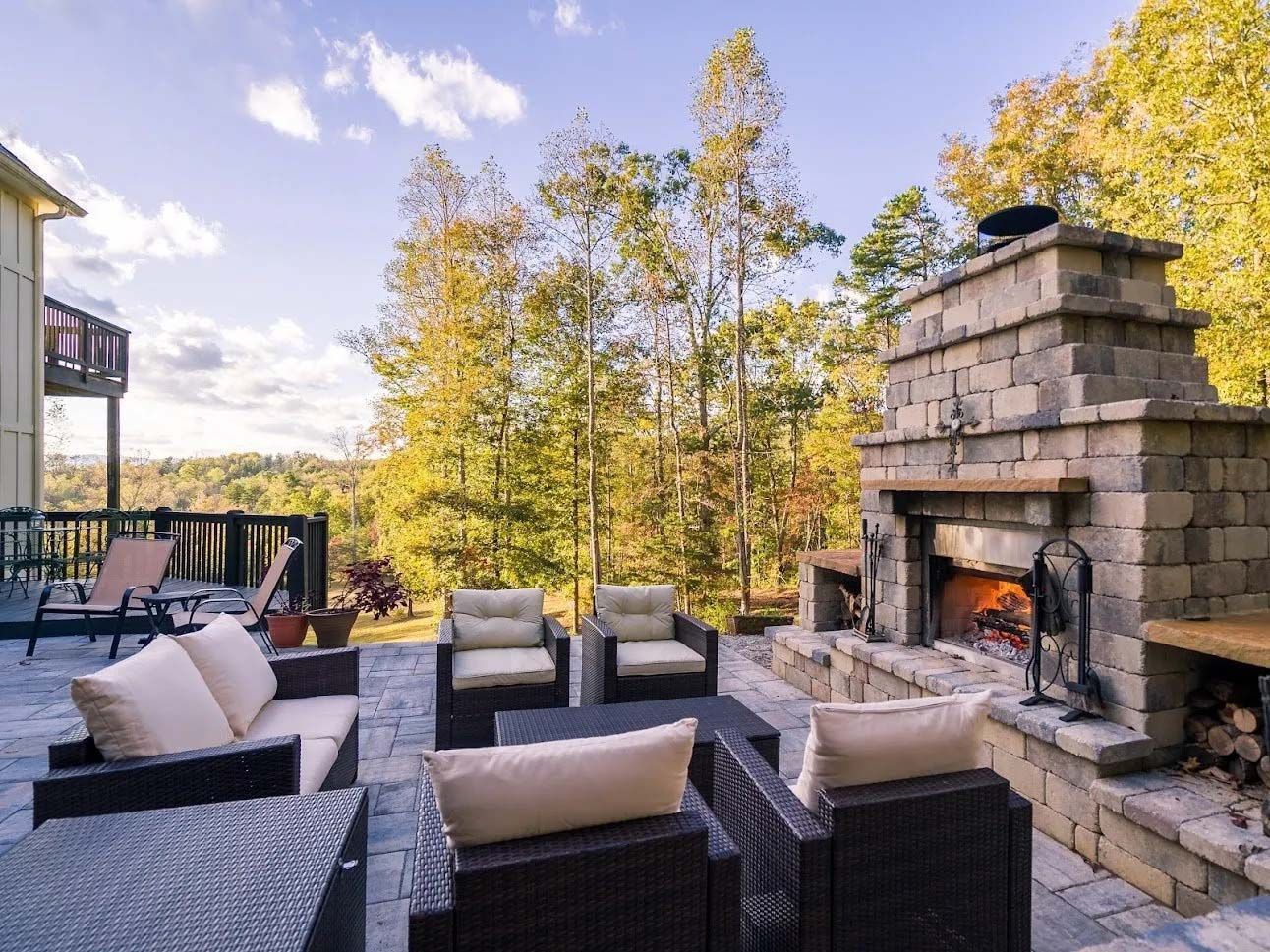5 Tips To Design a Great Outdoor Kitchen
5 Tips To Design a Great Outdoor Kitchen

An outdoor kitchen is a great way to enjoy more of your backyard more often. It also opens up new cooking and dining possibilities. But how can you design an effective, comfortable, and long-lasting outdoor kitchen? Explore a few tips for any homeowner embarking on this exciting new project.
1. Complement the Kitchen
The best outdoor kitchen starts with the indoor kitchen. In general, the outdoor cooking space should be easily accessible from its indoor counterpart. This facilitates good movement between the two, which will invariably happen often. You may also want to complement the indoor kitchen's style, materials, and color palette—especially if they are adjacent to one another.
2. Mind the Utilities
One of the most challenging aspects of building an outdoor cooking space is figuring out the utility connections. Unlike a regular kitchen, you often have limited ways to bring electricity and water to where you need them. One of the easiest solutions is to place the outdoor kitchen's major services — like the sink or dishwasher — on the exterior wall of your home where utilities already exist.
Whether you want to base your kitchen on exterior walls or not, much of the design will be informed by how you can connect to necessary utilities within your budget. Overcome these hurdles first, and don't let aesthetics make it harder to actually use the kitchen.
3. Make It Functional
Outdoor kitchens are attractive and provide a unique cooking and dining experience. But they also need to work well as a comfortable kitchen. So don't overlook common design principles for a good kitchen.
For instance, the work triangle consists of the stove, sink, and refrigerator. If you'll install all three outdoors, keep this triangle compact and unobstructed. If one of your triangle points will be in the indoor kitchen, this is even more important. Similarly, think about things like wasted steps, sufficient prep space, and keeping food hot or cold. You may also want to extend its usefulness with side and overhead protection.
4. Use Low-Maintenance Materials
The main way that outdoor and indoor kitchens differ is how exposed each is to the elements. Your outdoor areas must weather the weather, as it were, 24/7 all year round. So don't skimp on quality building materials that are designed to hold up outdoors.
Many outdoor kitchens feature stainless steel appliances and even cabinets or work spaces. However, these can experience some warping from extreme temperature changes. Granite and cement are popular outdoor kitchen countertop materials, while things like tile and marble may not hold up as well. The right set of materials depends on your particular climate and region.
5. Embrace Opportunities
What will you install and do in your outdoor kitchen? And how will these be different from how the indoor kitchen is used? The goal of an outdoor cooking space isn't just to recreate your ordinary kitchen but to offer a new and fun experience.
How might you do this? If you like to grill, make a grilling station worthy of being the centerpiece of the kitchen. Install a pizza or bread oven for fresh-baked goodness. Incorporate a fire table to wow diners. Blend the kitchen with other outdoor entertainment, such as the pool or bar. Or position yourself for a stunning view while you cook and eat. The possibilities are endless.
Ready to start applying these tips for designing your backyard haven? Meet with the landscape and hardscape professionals at Morlock Landscape & Design. We'll help you assess your options to find the right location, size, makeup, and materials to bring your outdoor kitchen dreams to life. Call today to make an appointment.



